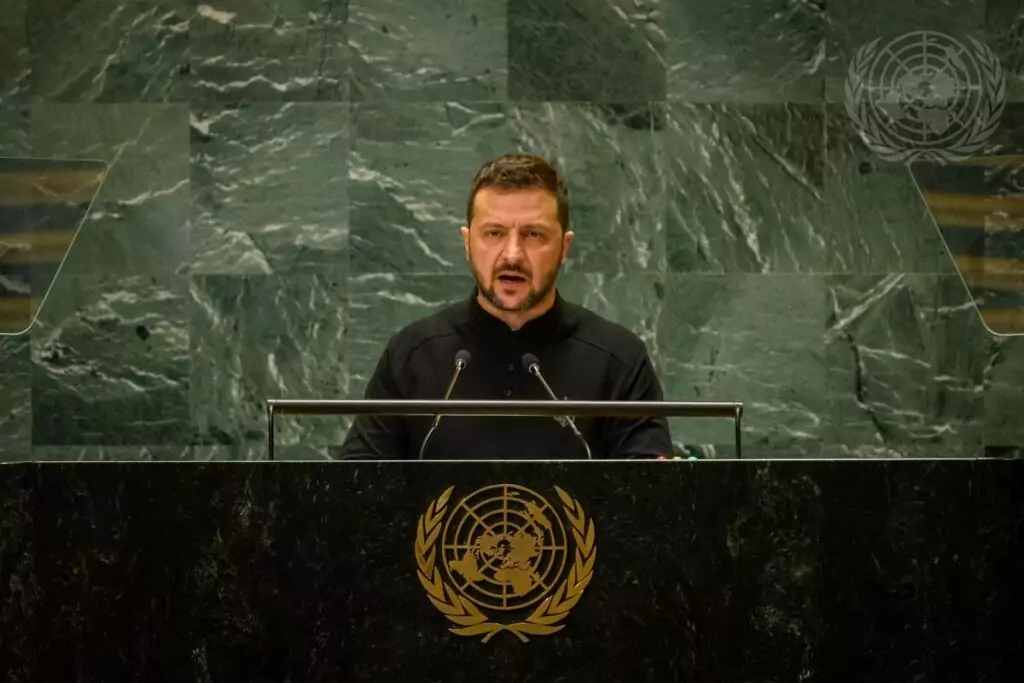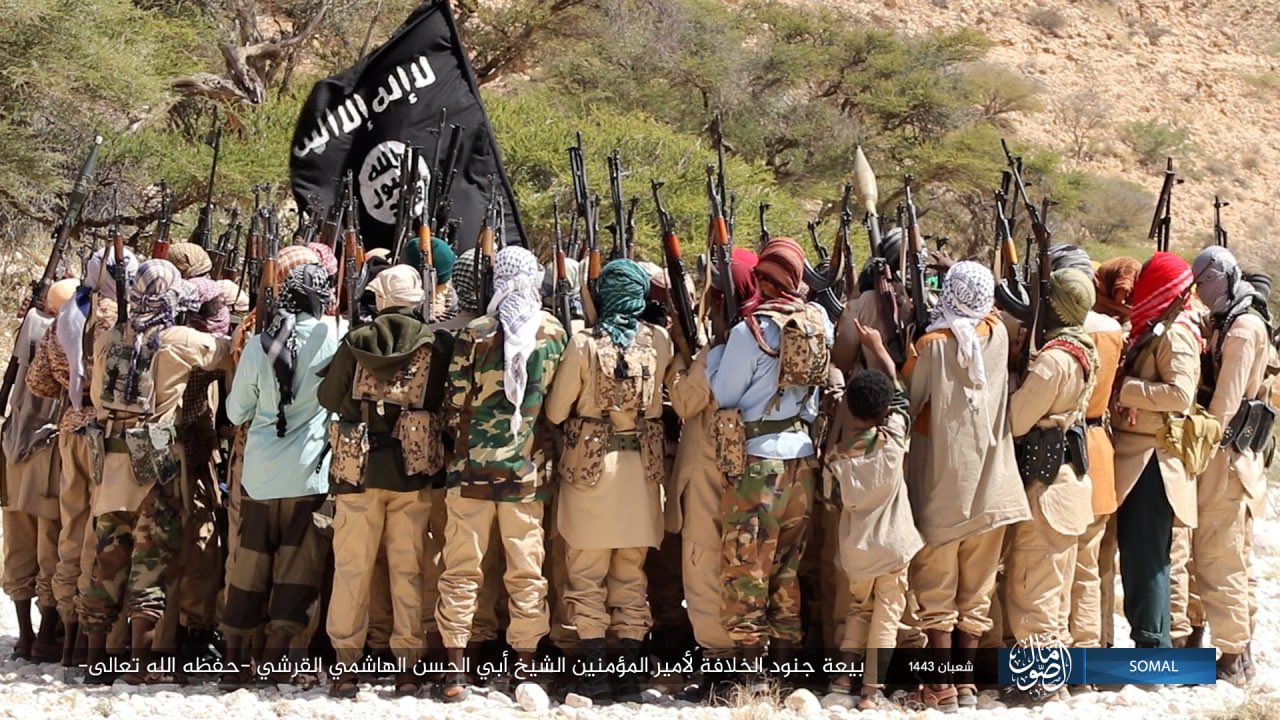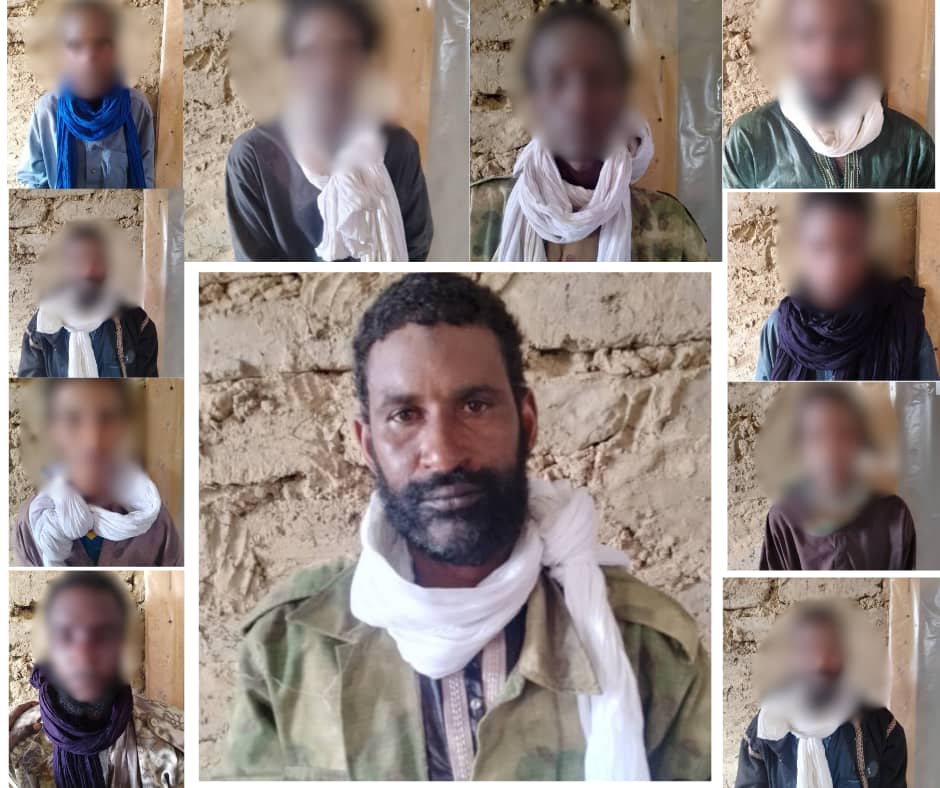
BRIEFS
BRIEFS
HOUTHIS BATTLE ARMY AND TRIBAL MILITIAS FOR CONTROL OF YEMEN’S AMRAN GOVERNORATE
Andrew McGregor
At the conclusion of a three-day battle, experienced Houthist fighters stormed the ancient Yemeni walled city of Amran on July 8, killing some 200 people in the process and displacing at least 35,000 before beginning a manhunt for remaining security officials (al-Sharq al-Awsat, July 10). Amran is the capital of the Amran governorate and the home of ex-president Ali Abdullah Saleh and the powerful al-Ahmar clan. With the Houthists now established only 50 kilometers away from the capital, Yemen’s cabinet met to condemn the offensive and issue a statement that said: “We hold the Houthis legally and morally responsible for what is happening in Amran and the implications of this on the security and stability of the homeland” (al-Sharq al-Awsat, July 10). At the same time, the Yemeni Air Force was striking targets within Amran, including the captured headquarters of the 310th Armored Brigade (Yemen Times, July 10). Soviet and Saudi-trained Brigadier General Hamid al-Qushaibi, an ally of the Islamist Islah (Reform) Party and commander of the 310th Brigade, was killed soon afterwards in ambiguous circumstances, with the Houthis claiming he was found dead and the Islah Party insisting he was executed by Houthist insurgents (Yemen Times, July 15).
The Houthis are a religious-political movement in northern Yemen that have fought a series of wars with the central government. The Houthis are Zaydi Shiites, but so are most of their opponents in the Hashid tribal confederation, which includes the powerful al-Ahmar clan. Even religious differences between the Zaydis and the Shafi’i Sunni population of Yemen (a slight majority since unification with the largely Sunni south) are minimal, though the small but growing Salafist community in Yemen takes a sterner view of Zaydi Shi’ism.
Fighting between the Houthis and al-Ahmar tribesmen in Amran governorate began last October. Clashes between the Houthis and Yemen’s 310th Armored Brigade began in March after troops denied armed Houthists entry to Amran City (Yemen Times, July 10). By June the Houthists were battling the 310th Armored Brigade and tribal militias over the approaches to Amran city.
After driving the 310th Brigade from Amran, the Houthists began artillery exchanges with units of the 6th Military Command based in the mountains outside Amran city. The 6th Military Command withdrew on July 13 to allow the replacement of both it and the 310th Brigade in Amran with troops belonging to the 9th Brigade, a unit based in Houthist-controlled Sa’ada that is viewed as less inimical to the Houthist movement than the withdrawn units (Yemen Times, July 15).
Although the 310th Brigade made an effort to hold the city, there were concerns over the ease with which the local Special Security Forces camp was overrun, with accusations from observers of a “hand-over” and an “act of treason” (Yemen Times, July 10). Shortly after the Houthist occupation of Amran, new clashes broke out between Houthist fighters and tribal militias affiliated with the Islah Party in neighboring al-Jawf governorate. The UN Security Council addressed the situation on July 11, demanding that the Houthis withdraw from Amran while promising sanctions against those parties determined to be inhibiting a political solution in Yemen (al-Jazeera, July 12). The Houthists have begun to use the Islah Party’s ties to the Muslim Brotherhood to characterize Party members as “terrorists,” as they are now described in Egypt (Yemen Post, July 16). The Saudi government has also recently backed off from its traditional support of the Islah Party due to the Party’s connections with the Brotherhood.
An agreement was reached to allow Houthist forces in Amran city to be replaced by forces under the command of the Defense Ministry; however, even after the withdrawal agreement, a large-scale al-Houthi presence continued in Amran city and nearby areas (Yemen Times, July 15). [1]
The failure of Major General Ali Mohsin’s loyalists to hold Amran enabled President Abdu Rabbu Mansur Hadi to make further changes in the military command, removing Mohsin loyalists General Muhammad al-Magdashi (commander of the 6th Military Command) and General Muhammad al-Sawmali (commander of the Hadramawt-based 1st Military Command) (Yemen Times, July 15). Since becoming president, Hadi has struggled to bring the factionalized armed forces under presidential control, using purges of the senior officer corps to address continuing competition for influence from the former president, General Mohsin and the Islah Party, all of which remain significant forces within Yemen’s military.
A series of presidential decrees have already removed Hadi’s biggest challengers for control of the military, sending Ahmad al-Ahmar, ex-president Saleh’s son and commander of the Republican Guard, to the United Arab Emirates to serve as Yemen’s ambassador. General Mohsin was relieved of his command of the 1st Armored Division and made special military advisor to the president. Shortages of pay have aggravated the situation in the military, provoking a series of small mutinies in the army and the security forces. The fact that the central government has no other means than negotiation to persuade the troops to return to their duties only encourages further such events.
Note
1. UN Office for the Coordination of Humanitarian Affairs, “Yemen: Amran conflict situation report no.6,” July 16, 2014, https://reliefweb.int/report/yemen/yemen-amran-conflict-situation-report-no-6-16-july-2014.
OPERATION BARKHANE: FRANCE’S NEW MILITARY APPROACH TO COUNTER-TERRORISM IN AFRICA
Andrew McGregor
With several military operations underway in the former colonies of French West Africa, Paris has decided to reorganize its deployments with an eye to providing a more mobile and coordinated military response to threats from terrorists, insurgents or other forces intent on disturbing the security of France’s African backyard.
France will redeploy most of its forces in Africa as part of the new Operation Barkhane (the name refers to a sickle-shaped sand dune). Following diplomatic agreements with Chad, Mali, Niger, Burkina Faso and Mauritania (the “Sahel G-5”), over 3,000 French troops will be involved in securing the Sahel-Sahara region in cooperative operations involving G-5 troops. Other assets to be deployed in the operation include 20 helicopters, 200 armored vehicles, 200 trucks, six fighter-jets, ten transport aircraft and three drones (Le Figaro [Paris], July 13).
French President François Hollande made a tour of Côte d’Ivoire, Niger and Chad between July 17-19 to discuss the new security arrangements with political leaders, but also to promote French trade in the face of growing Chinese competition (Economist, July 19). In Niger, Hollande was met by a group protesting French uranium mining operations in that country (AFP, July 18). In a speech given in Abidjan, Hollande declared that the reorganization of French military assets in Africa would enable “quick and effective responses to crisis… Rather than having heavy and unwieldy crisis bases, we prefer to have facilities that can be used for fast and effective interventions” (Nouvel Observateur [Paris], July 19).
The official launch of Operation Barkhane will come in the Chadian capital of N’Djamena on August 1. The operation will be commanded by the highly-experienced Major General Jean-Pierre Palasset, who commanded the 27e Brigade d’Infanterie de Montagne (27th Mountain Infantry Battalion, 2003-2005) before leading Operation Licorne in Côte d’Ivoire (2010-2011) and serving as commander of the Brigade La Fayette, a joint unit comprising most of the French forces serving in Afghanistan (2011-2012).
The initiation of Operation Barkhane brings an end to four existing French operations in Africa; Licorne (Côte d’Ivoire, 2002-2014), Épervier (Chad, 1986-2014), Sabre (Burkina Faso, 2012-2014) and Serval (Mali, 2013-2014). Licorne is coming to an end (though 450 French troops will remain in Abidjan as part of a logistical base for French operations) while the other operations will be folded into Operation Barkhane. Operation Sangaris (Central African Republic, 2013-present) is classified as a humanitarian rather than counter-terrorism mission and the deployment of some 2,000 French troops will continue until the arrival of a UN force in September (Bloomberg, July 21). Some 1,200 French soldiers will remain in northern Mali (Guardian [Lagos], July 15). Existing French military deployments in Djibouti, Dakar (Senegal) and Libreville (Gabon) are expected to be scaled back significantly, a process already underway in Dakar (Jeune Afrique, July 19).
The force in Chad has been boosted from 950 to 1,250 men. Chad will play an important role in Operation Barkhane – N’Djamena’s Kossei airbase will provide the overall command center, with two smaller bases in northern Chad at Faya Largeau and Abéché, both close to the Libyan border. Zouar, a town in the Tubu-dominated Tibesti Masif of northern Chad, has also been mentioned as a possibility (Jeune Afrique, July 19). Kossei will provide a home for three Rafale fighter jets, Puma helicopters and a variety of transport and fuelling aircraft. Chadian troops fought side-by-side with French forces in northern Mali in 2013 and are regarded as the most effective combat partners for France in North Africa despite a recent mixed performance in the Central African Republic. Four Chadian troops under UN command died in a June 11 suicide bombing in the northern Mali town of Aguelhok (AFP, June 11). Chadian opposition and human rights groups are dismayed by the new agreement, which appears to legitimize and even guarantee the continued rule of President Idriss Déby, who has held power since 1990 (RFI, July 19).
Intelligence operations will be headquartered in Niamey, the capital of Niger and home to French unmanned aerial vehicle (UAV) operations in West Africa. There are currently about 300 French troops stationed in Niger, most of them involved in protecting, maintaining and operating two unarmed General Atomic MQ-9 Reaper drones and an older Israeli-built Harfang drone (Bloomberg, July 21). The French-operated Harfang drones are being gradually phased out in favor of the MQ-9s, though the Harfangs saw extensive service during French operations in northern Mali in 2013. Three Mirage 2000 fighter jets will be transferred from N’Djamena to Niamey. A French Navy Dassault Atlantique 2 surveillance aircraft has been withdrawn from Niamey with the conclusion of Operation Serval.
Small groups of French Special Forces will continue to be based in Ouagadougou, capital of Burkina Faso, and at Atar, a small settlement in northwestern Mauritania. Other small bases are planned for Tessalit in Mali, which controls the road running between the rebellious Kidal region and southern Algeria, and in Madama in Niger, a strategic post near the Malian border that was the site of a French colonial fort. There are reports that French troops have already occupied the nearby Salvador Pass, an important smuggling route between Niger and Libya that appears to have acted as a main transit route for terrorists passing through the region (Libération [Paris], July 16).
French forces in the Sahel-Sahara region will continue to be targeted by Mokhtar Belmokhtar’s Murabitun group, which claimed responsibility for the death of one Legionnaire and the wounding of six others in a suicide bomb attack in northern Mali on July 15 (al-Akhbar [Nouackchott], July 16; RFI, July 17). Much of the ground element for Operation Barkhane is likely to be drawn from the French Légion étrangère and the Troupes de marine, the successor to the French Colonial Infantry.
The implementation of Operation Barkhane, an apparently permanent defense agreement with five former French colonies, raises a number of important questions, not least of which is what attitude will be adopted by Algeria, the most powerful nation in the Sahara-Sahel region but one that views all French military activities there with great suspicion based on Algeria’s 132-year experience of French occupation. There is also a question of whether the new defense agreements will permit French forces in hot pursuit of terrorists to cross national borders of G-5 nations without obtaining permission first. The permanent deployments also seem to present a challenge to local democracy and sovereignty while preserving French commercial and political interests in the region. For France, Operation Barkhane will enhance French ability to fend off Chinese commercial and trade challenges and allow France to secure its energy supplies while disrupting terrorist networks and containing the threat from southern Libya.


